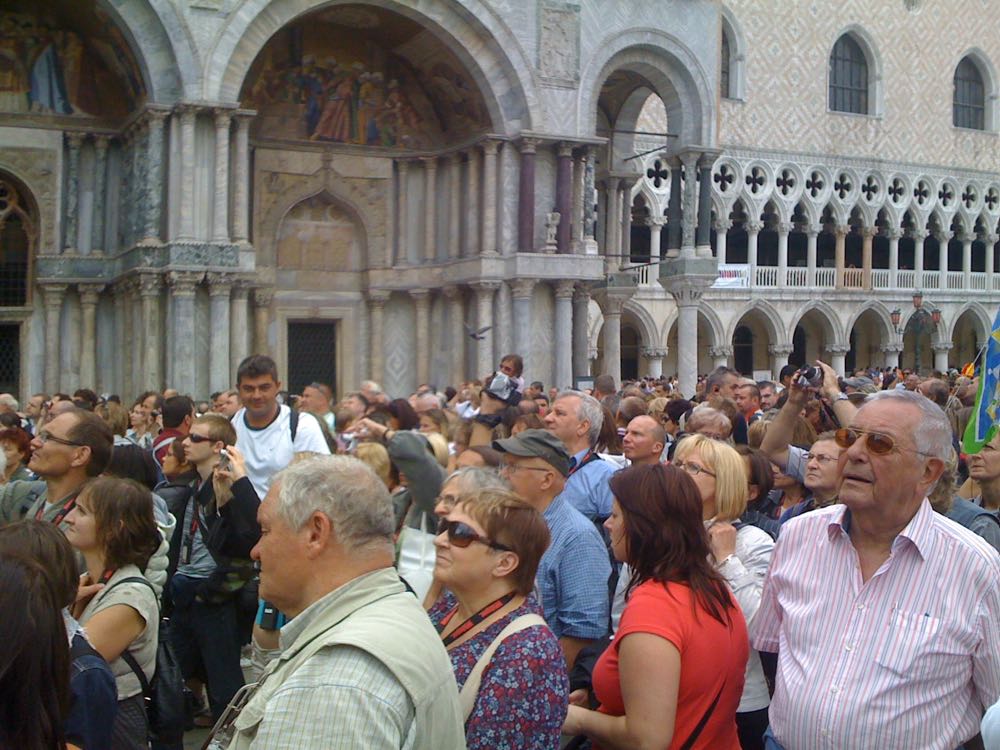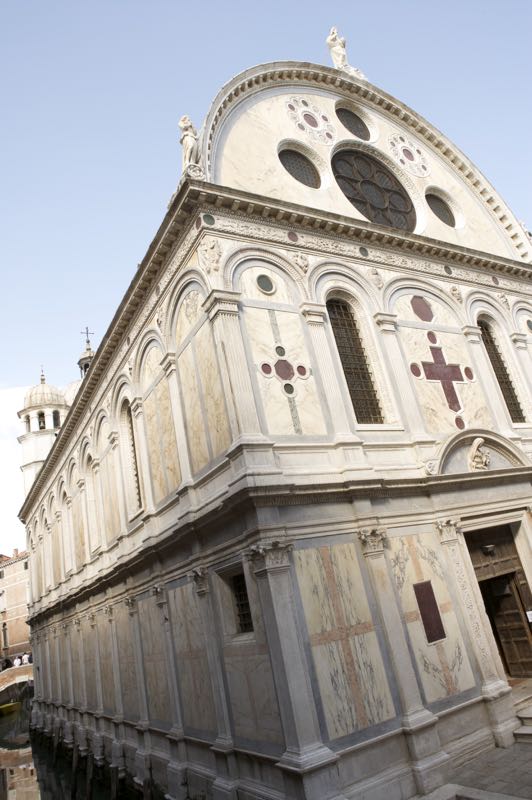
Maiolino, together with Nil Yalter, have been awarded the Golden Lion for lifetime achievement to the Art Biennale 2024.
The Venice Biennale is more than just an exhibition – it’s an immersive art experience. Held every two years, this event transforms Venice into a dynamic canvas of creativity.











